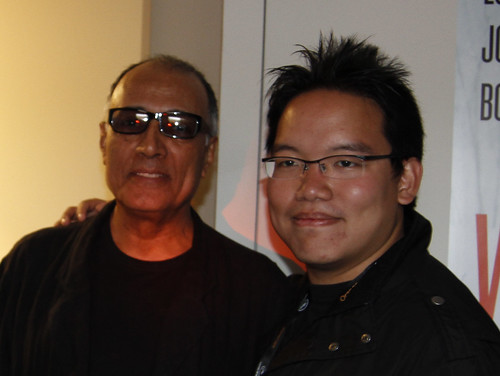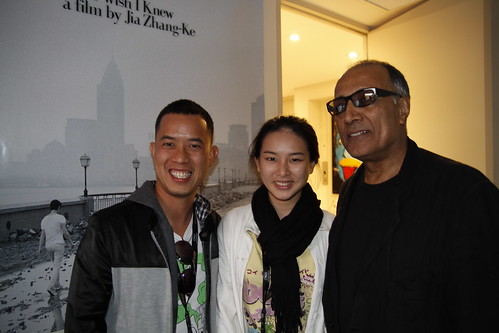What I'm supposed to write:
New script. A tale of two sisters told through multiple timelines, a merging of past and present, dream and reality. It is supposed to happen in Japan and Malaysia.
What I am writing now instead:
This journal entry.
An observation of an old man seated next to me.
For the past two hours, ever since I came in, the old man had been sitting here, his table covered entirely with newspapers. He had been staring at the papers, but I'm not sure whether he is reading it. He hasn't been flipping the pages, so I'm really curious whether he is reading or staring.
There are two cups before him, paper cups from Starbucks. He was just drinking water, no coffee in sight. He had not been ordering anything at all.
I think I've seen a similar old man in a Starbucks at a different mall, I wonder whether it's the same guy.
I find myself remembering those sleepless nights that I have spent in McDonald's at Tokyo few years ago. I was also writing a script for a film (it was never made).
For a few consecutive nights I saw the same elderly people who hang out there after midnight. Presumably homeless. They would just order a 100 yen drink and spend the whole night there.
I remember an old man who sat across from me, always holding a really thick dictionary-like book in his hands, and constantly wiping the table meticulously, compulsively with tissue paper. The repetition of his movement left me a little distracted.
And thus I find myself experiencing deja vu across time and space. The old man in Starbucks, who is reading but not really reading the newspapers. Who has two paper cups of water put beside a loaf of bread that he has brought over by himself. Who is now in a state of half-asleep and is constantly scratching himself and rubbing his hands together (the air-conditioner is admittedly a little chilly today), occasionally wiping his hands compulsively with tissue paper he had casually taken from the counter.
Merging of past and present, dream and reality, blah blah blah.















